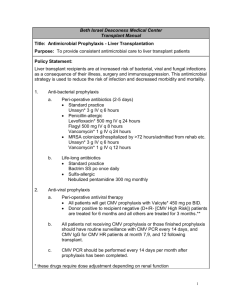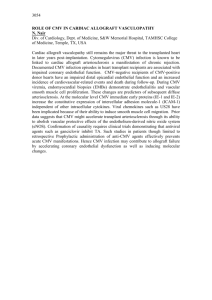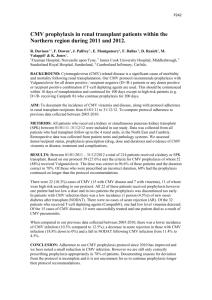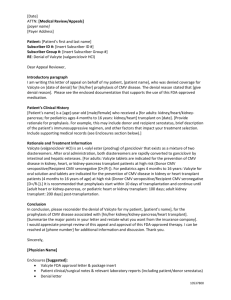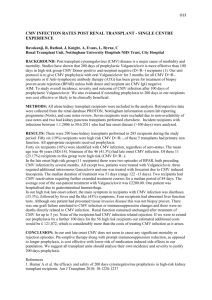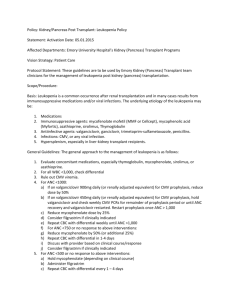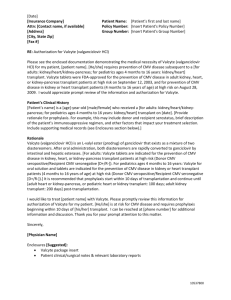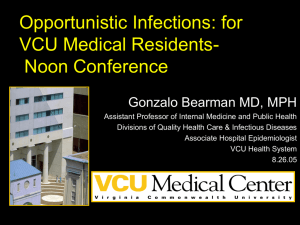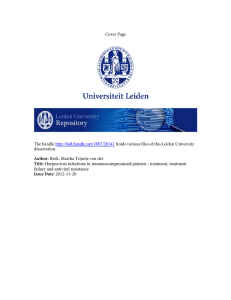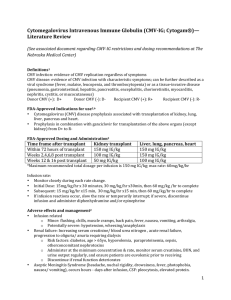January Jouranl Reading of Intensive Care Department
advertisement
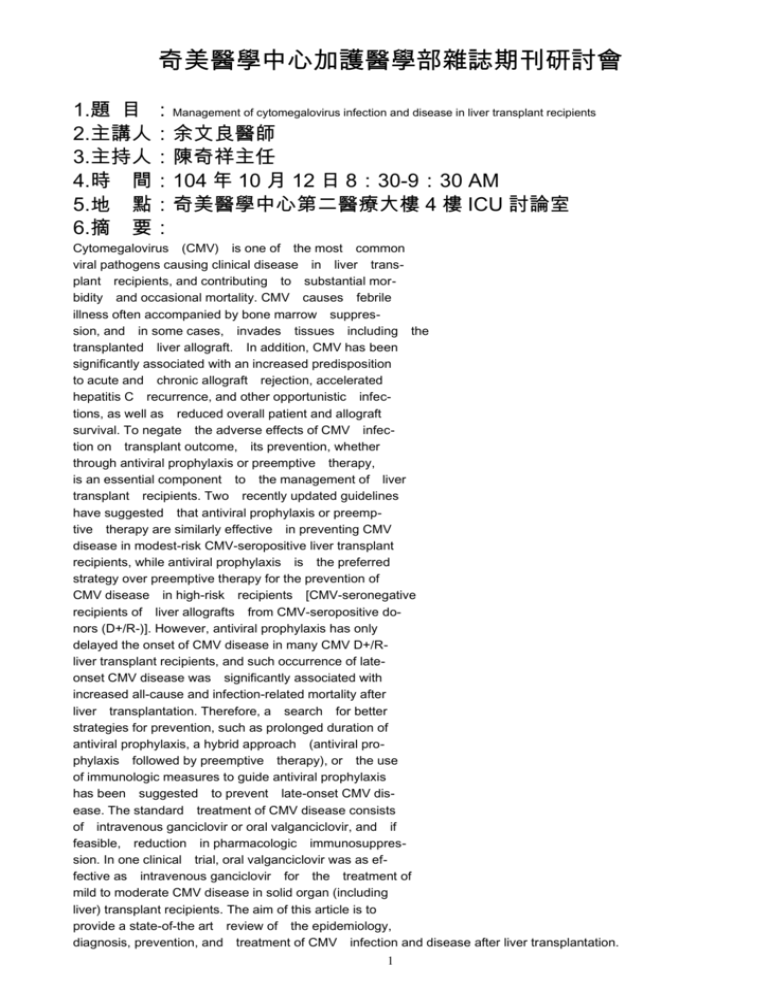
奇美醫學中心加護醫學部雜誌期刊研討會 1.題 目 :Management of cytomegalovirus infection and disease in liver transplant recipients 2.主講人:余文良醫師 3.主持人:陳奇祥主任 4.時 間:104 年 10 月 12 日 8:30-9:30 AM 5.地 點:奇美醫學中心第二醫療大樓 4 樓 ICU 討論室 6.摘 要: Cytomegalovirus (CMV) is one of the most common viral pathogens causing clinical disease in liver transplant recipients, and contributing to substantial morbidity and occasional mortality. CMV causes febrile illness often accompanied by bone marrow suppression, and in some cases, invades tissues including the transplanted liver allograft. In addition, CMV has been significantly associated with an increased predisposition to acute and chronic allograft rejection, accelerated hepatitis C recurrence, and other opportunistic infections, as well as reduced overall patient and allograft survival. To negate the adverse effects of CMV infection on transplant outcome, its prevention, whether through antiviral prophylaxis or preemptive therapy, is an essential component to the management of liver transplant recipients. Two recently updated guidelines have suggested that antiviral prophylaxis or preemptive therapy are similarly effective in preventing CMV disease in modest-risk CMV-seropositive liver transplant recipients, while antiviral prophylaxis is the preferred strategy over preemptive therapy for the prevention of CMV disease in high-risk recipients [CMV-seronegative recipients of liver allografts from CMV-seropositive donors (D+/R-)]. However, antiviral prophylaxis has only delayed the onset of CMV disease in many CMV D+/Rliver transplant recipients, and such occurrence of lateonset CMV disease was significantly associated with increased all-cause and infection-related mortality after liver transplantation. Therefore, a search for better strategies for prevention, such as prolonged duration of antiviral prophylaxis, a hybrid approach (antiviral prophylaxis followed by preemptive therapy), or the use of immunologic measures to guide antiviral prophylaxis has been suggested to prevent late-onset CMV disease. The standard treatment of CMV disease consists of intravenous ganciclovir or oral valganciclovir, and if feasible, reduction in pharmacologic immunosuppression. In one clinical trial, oral valganciclovir was as effective as intravenous ganciclovir for the treatment of mild to moderate CMV disease in solid organ (including liver) transplant recipients. The aim of this article is to provide a state-of-the art review of the epidemiology, diagnosis, prevention, and treatment of CMV infection and disease after liver transplantation. 1
